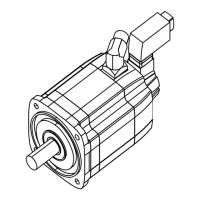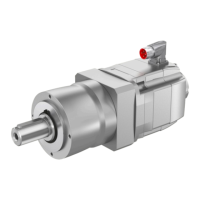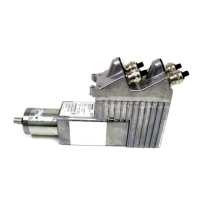Functions
2.15 Flexible Protection Functions
SIPROTEC, 7SK80, Manual
E50417-G1140-C344-A5, Release date 11.2012
230
Measurement method
The measurement procedures as set out in the following table can be configured for the measured variables -
current, voltage and power. The dependencies of the available measurement procedures of configurable
modes of operation and the measured variable are also indicated.
Table 2-15 Parameter in the Settings Dialog "Measurement Procedure", Mode of Operation three-phase
Mode of
Operation
Measured
Variable
Notes
Three-phase Current,
Voltage
Parameter
MEAS. METHOD
Setting Options
Fundamental Harmonic Only the fundamental harmonic is evaluated, higher harmonics
are suppressed. This is the standard measurement procedure of
the protection functions.
Important: The voltage threshold is always parameterized as
phase-to-phase voltage independently of parameter VOLTAGE
SYSTEM.
True RMS The "true" RMS value is determined, i.e. higher harmonics are
evaluated. This procedure is applied, for example, if a simple
overload protection is to be implemented on the basis of a current
measurement, as the higher harmonics contribute to thermal
heating.
Important: The voltage threshold is always parameterized as
phase-to-phase voltage independently of parameter VOLTAGE
SYSTEM.
Positive sequence
system,
Negative sequence
system,
Zero sequence system
In order to implement certain applications, the positive sequence
system or negative sequence system can be configured as mea-
surement procedure. Examples are:
- I2 (tripping monitoring system)
- U2 (voltage asymmetry)
Selecting the selection zero-sequence system enables addition-
al zero-sequence current or zero-sequence voltage functions to
be implemented that operate independently of the ground vari-
ables IN and VN, which are measured directly via transformers.
Important: The voltage threshold value is always parameterized
according to the definition of the symmetrical components inde-
pendent of parameter VOLTAGE SYSTEM.
Current Ratio I2/I1 The ratio negative/positive sequence current is evaluated
Please note that the function only operates if I2 or I1 has exceed-
ed the threshold value 0.1 · I
Nom
.
Voltage Parameter
VOLTAGE SYSTEM
Setting Options
Phase-to-phase
Phase-to-Ground
If you have configured address 213 VT Connect. 3ph to Van,
Vbn, Vcn or Vab, Vbc, VGnd, you can select whether a three-
phase voltage function will evaluate the phase-to-Ground voltage
or the phase-to-phase voltages. When selecting phase-to-phase,
these variables are derived from the phase-to-Ground voltages.
The selection is, for example, important for single-pole faults. If
the faulty voltage drops to zero, the affected phase-to-Ground
voltage is zero, whereas the affected phase-to-phase voltages
collapse to the size of a phase-to-Ground voltage.
With phase-to-phase voltage connections the parameter is
hidden.

